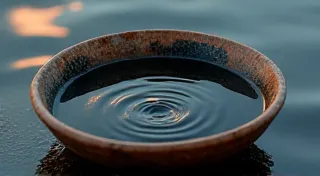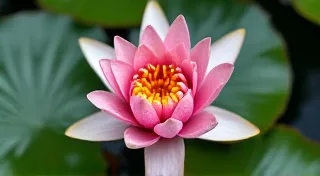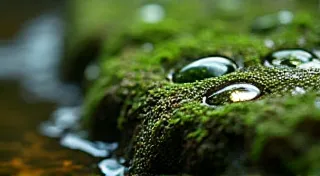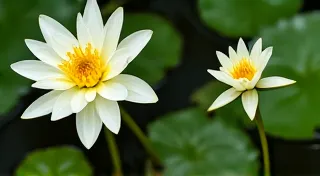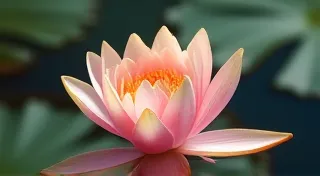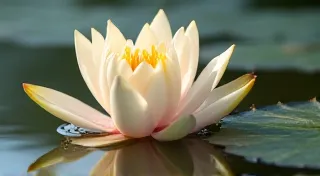The Rooted Whisper: Understanding Submerged Communication in Aquatic Gardens – A Writer's Parallel
There’s a certain melancholy beauty to an antique accordion. The bellows, once vibrant with music, now whisper of forgotten melodies. The ivory keys, smoothed by countless fingers, bear the silent echoes of laughter and perhaps, a touch of sorrow. Holding one feels like holding a secret, a story waiting to be unlocked. And, oddly enough, that same sense of quiet depth, of submerged communication, resonates profoundly within the tranquil surface of a water lily pond.
For years, I’m drawn to both – the aged instrument and the serene aquatic garden. They feel connected, somehow. Both possess a vulnerability and a resilience that speaks to a deeper understanding of time and beauty. The meticulous craftsmanship of an accordion, the precise alignment of reeds, the painstaking assembly – it’s a physical manifestation of intention, of a desire to create something lasting. Similarly, a thriving aquatic garden, especially one showcasing the elegant blooms of water lilies, is a testament to thoughtful design and a keen understanding of the intricate ecosystem beneath the water’s surface.
The Silent Language of the Pond
We perceive a pond as a place of stillness, a mirror reflecting the sky. But beneath that placid exterior lies a bustling world of interaction. Water lilies, in particular, aren't solitary actors in this drama. They communicate – not in shouts or cries, but through a subtle language of chemical signals, nutrient exchange, and symbiotic relationships. They release allelochemicals that can inhibit the growth of competing plants. They exchange nutrients with the microorganisms in the sediment. They provide refuge and sustenance for countless invertebrates, which in turn support the fish and amphibians that call the pond home.

Think of it like this: a single water lily bloom is beautiful, yes, but its true value lies in its contribution to the whole. Just as a skilled composer understands that a single note is meaningless without the context of the entire score, a successful pond gardener appreciates the interconnectedness of all its components.
Modern research is revealing ever more about this hidden communication. Scientists are discovering the chemical "conversations" that plants use to warn each other about threats, to compete for resources, and even to coordinate their flowering times. It’s a level of sophistication that challenges our simplistic view of the natural world.
The Writer's Parallel: Listening to the Roots
This concept of submerged communication applies just as powerfully to the craft of writing. Too often, aspiring writers focus solely on the surface – the plot, the dialogue, the pretty prose. They chase trends, mimic successful authors, and produce work that feels… hollow. They haven’t listened to the roots.
What does it mean to "listen to the roots" in writing? It means understanding the underlying motivations of your characters. It means researching the historical context of your story. It means wrestling with the difficult questions, even if they don’t fit neatly into a compelling narrative. It means appreciating the power of subtlety, the weight of silence, the resonance of implication.
Consider a seemingly simple scene: a character sits by a window, staring out at the rain. A superficial writer might describe the weather and move on. A writer who’s listened to the roots would delve deeper: What is the character thinking? What memories are triggered by the rain? What unspoken grief lies beneath their quiet contemplation?
The best writing, like the most thriving aquatic garden, isn’t about instant gratification. It’s about nurturing a sense of depth, complexity, and interconnectedness. It’s about allowing the story to unfold organically, trusting that the roots will find their way to the light.
Restoration & Appreciation: Echoes of the Past
The parallels extend to the appreciation and even restoration of antique instruments like accordions. A skilled restorer doesn’t simply replace broken parts. They strive to understand the original craftsmanship, to preserve the instrument's history, to coax out the echoes of its past. They listen to the wood, to the metal, to the whispers of the maker.
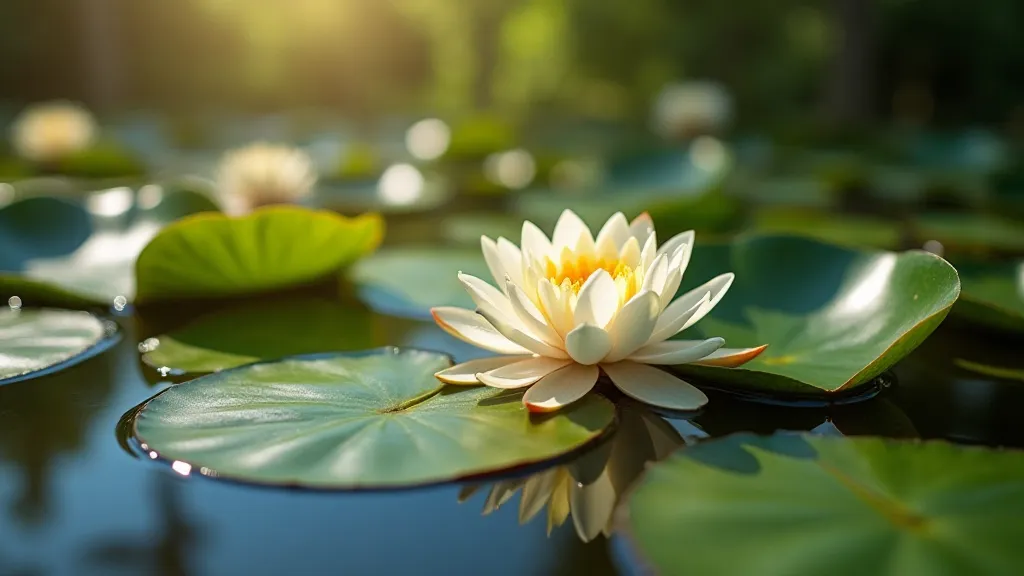
Similarly, tending a water lily pond requires more than just dropping a plant into the water. It requires understanding its needs, anticipating its challenges, and responding with a thoughtful and adaptable approach. It's about recognizing that a pond is a living system, constantly evolving and changing.
Collecting antique accordions, too, isn’s solely about acquiring beautiful objects. It’s about preserving a piece of history, connecting with a lineage of makers and musicians, and appreciating the artistry that went into creating these instruments. Each accordion tells a story, and it’s our responsibility to listen.
Cultivating Responsiveness: A Shared Approach
Ultimately, both gardening and writing demand a willingness to be responsive, to be adaptable, to be open to the unexpected. A successful pond gardener isn’t rigidly attached to a preconceived design. They’re prepared to adjust their approach based on the pond’s unique conditions. A skilled writer isn’t afraid to abandon a flawed idea, to rewrite a chapter, to completely rework a story.
Think of the subtle shifts needed in both disciplines – a tiny adjustment to the nutrient levels in the pond to encourage more vibrant blooms, or a single, carefully chosen word that transforms the meaning of a sentence. These are the moments that define mastery, the moments that reveal the deep connection between the creator and the creation.
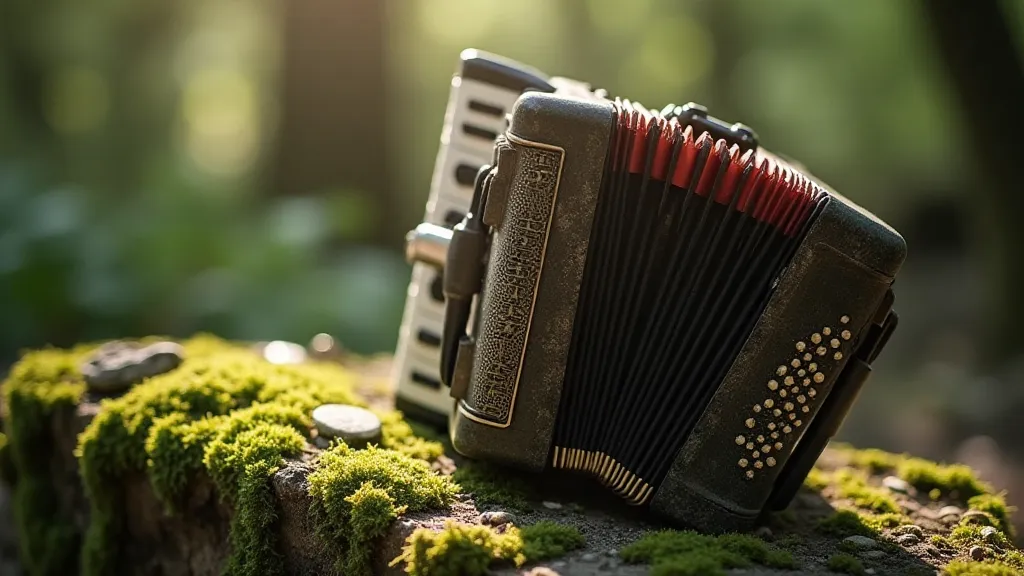
The beauty, the resonance, the enduring quality of a thriving water lily pond, a perfectly restored antique accordion, or a profoundly moving piece of writing – they all stem from the same source: a deep and unwavering commitment to understanding the roots, to listening to the whispers, and to cultivating a responsive and adaptable approach to the creative process. They all, in their own way, reveal the profound interconnectedness of all things.
